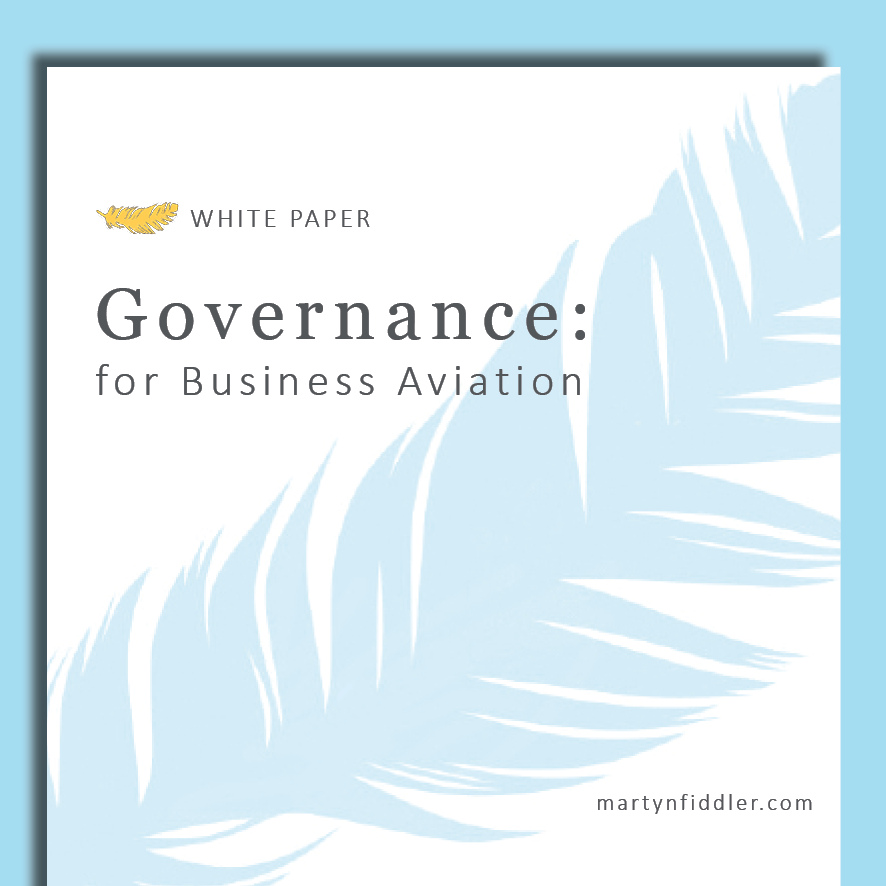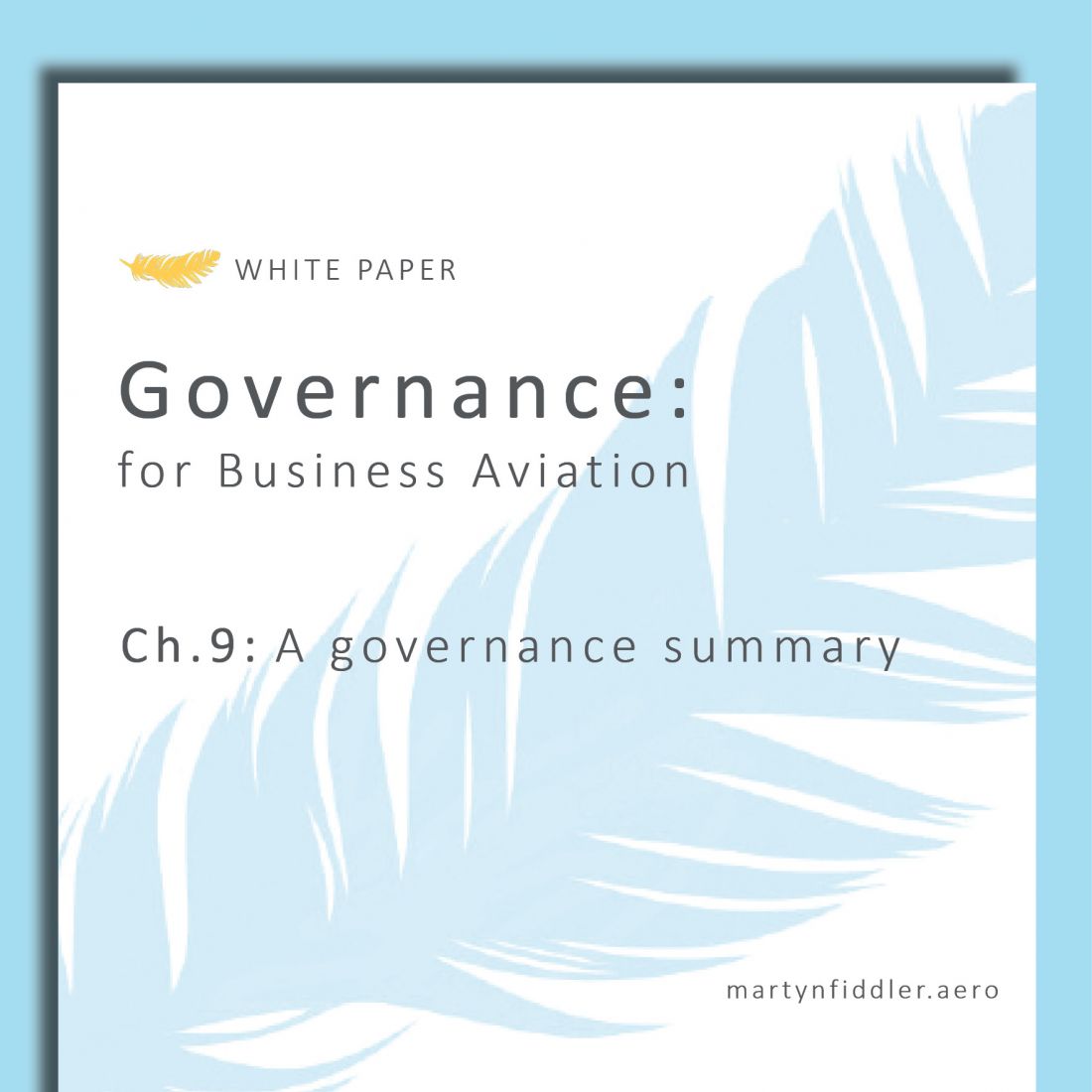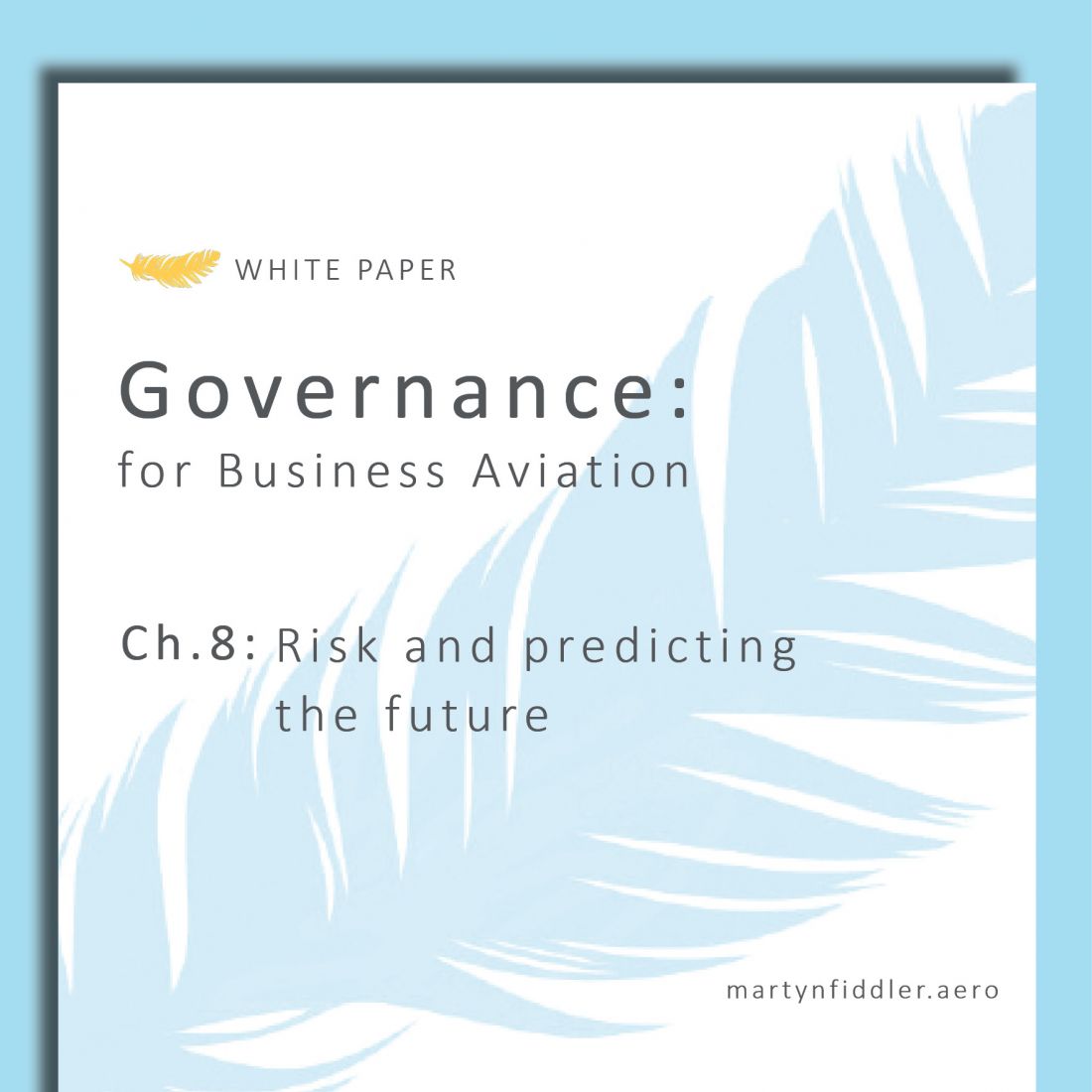
A checklist for future corporate governance
Checklists not only ensure disciplined completion of essential steps in any process (no matter how complicated), they efficiently guide you through those steps. However, it is vital to understand that whilst the checklist maps out the steps to follow it does not make the journey for you
A Checklist for Future Corporate Governance
24 Nov 2022
‘The Checklist Manifesto’ by Atul Gawande explores the fundamental importance of a checklist in organising and managing complex processes. Gawande speaks from his own experience, explaining how even the most competent surgeon, operating without a checklist, can miss a critical step. The increasing complexity of modern surgical procedures, he argues, has made checklists essential.
Gawande focuses on medicine but also delves into the use of checklists in the aviation, construction, and investing industries. In Gawande’s view, the elaborate processes that characterise the modern world demand that we turn to the checklist; a simple tool that’s been around practically forever.
Checklists not only ensure disciplined completion of essential steps in any process (no matter how complicated), they efficiently guide you through those steps. However, it is vital to understand that whilst the checklist maps out the steps to follow it does not make the journey for you. Forward thinking, problem solving, action and review all have to be undertaken at each step. Completing the checklist is not the goal; ensuring good governance is.
What, then, constitutes a good corporate governance checklist? The first challenge is to know what size, scale and context we are talking about.
Checklist challenge 1: size, scale and context
As noted in chapter 2, many of the current legal and governance requirements imposed on businesses are a response by government and lawmakers to a crisis or scandal; rarely are they brought in to pre-empt one. However, outside of legal and regulatory obligations, it can be difficult to find the appropriate level of governance for a business let alone find a pre-fabricated governance framework. For this reason many businesses take the easy option of importing a checklist despite it being unsuitable for their business. In most cases this causes more harm than good and dissuades the board from the importance and benefits of governance.
The UK Corporate Governance system for publicly quoted companies is complex, involving many different sets of requirements, from behaviours of company leadership and administration to reporting requirements. The checklist for reporting requirements alone reaches 40 pages! Clearly this is not appropriate for a smaller family-run business, a start-up, or even a midsize established business.
The challenge therefore is for a board to evaluate the resources available and decide what is appropriate for their business (often, in addition to government rules, helpful guidance is also available from international and domestic institutes and associations for example the OECD, IOD and CIPD). Once the board have decided what is appropriate for their business they can create the processes and associated checklists to ensure they are applied by relevant team members or the board themselves. Lastly, and an absolute necessity, is ensuring that all those involved understand why the checklist is in place; without this vital step the checklist will be followed blindly without room for flexibility or change as the business grows.
Checklist challenge 2: asking the right questions
Professors Lynn Paine and Suraj Srinivasan of Harvard Business School have produced a resource for understanding the debates around governance. They identify eight areas, each with a subsequent series of questions that help create a checklist to future-proof governance for businesses. For the purposes of this paper, we have highlighted some key questions for the board to consider when creating their governance checklist. We suggest reviewing the original document ‘A guide to the Big Ideas and Debates in Corporate Governance’ to think through the topics and questions raised.
- Does the board have the structures, processes, and information needed to carry out its oversight responsibilities – for example finance, risk, operations, legal and compliance?
- Does the board have in place processes to ensure its ongoing effectiveness and renewal, and are the existing mechanisms for holding directors accountable sufficient?
- How does the understanding of corporate governance differ across regions and cultures within the business? Is one process appropriate for all branches of the business?
- Is the board knowledgeable about the company’s shareholders and does it have an effective approach to shareholder engagement?
- As corporations have grown more complex, the demands on boards have increased accordingly, but is the board up to the task expected of it today?
- How does the board determine what time horizon to use in setting strategy and making investments?
The purpose of these questions is to challenge the board to consider their current approach to governance, its processes and how these are implemented. While these questions may not seem standard ‘checkbox’ questions, they force the board to consider their strategy, performance and accountability both now and in the future.
Checklist challenge 3: regular check-ups
It is not enough for the board to create a governance checklist; the board must use it on a regular basis and as the business grows. The majority of businesses should seek to discuss governance at least on an annual basis and depending on the size of the business it may be appropriate to review the checklist more frequently. As the board becomes more familiar with reviewing the governance checklist and the questions it asks, the easier (and more productive) the discussion and output will become for the business and its growth.
Chapter 9 takeaways:
- Checklists are vital for complex processes; governance is no exception
- To be a useful tool a governance checklist must be appropriate for the size and complexity of the business and be put in context (i.e. why it is in place)
- The checklist should challenge the board and ask difficult questions; avoid a ‘checkbox’ mentality
- A governance checklist should be used and updated on a regular basis as a business evolves
If you want to see more from Martyn Fiddler, please follow us on linkedin: Martyn Fiddler









